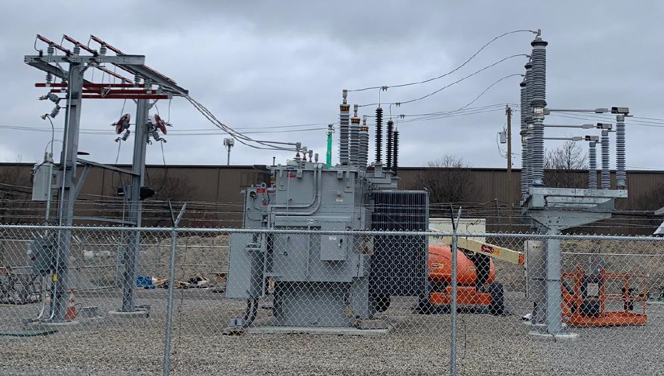While there is currently a need for 200,000 tonnes of graphite to meet current demand, the reality is, the current US supply capability is zero. Its neighbour to the north has already gotten into gear, with graphite operations in Ontario and Quebec. In 2020, Canada’s graphite industry exported C$31.6 million worth of product, according to the NRC.
This is a gap in the market that companies like Graphex Technologies – a midstream company that takes flake graphite from mines and transforms it into anode material for electric cars – are looking to fill.
Graphex Technologies is a wholly owned U.S. subsidiary of Graphex Group Limited, a Cayman Island company, which already has a self-contained graphite processing ecosystem in China. Its Graphene division currently produces 10,000 metric tonnes per year of purified spherical graphite at its facility in Heilongjiang Province. Like rare earths, most graphite travels through China, either mined or processed there.
This summer, the company established a Graphex Michigan joint venture when it bought a former automotive plant in Warren in a $75 million investment with plans to turn it into a graphite processing plant.
“We’re expanding and diversifying – and we were on the move for this whole domestication effort before it became fashionable,” Graphex Technologies CEO John DeMaio told MINING.com.
“Our plant will make a dent, but not a big one, so we are looking for strategic partnerships to build multiple plants throughout North America, and that will be a combination of working with mining operations and battery makers – auto makers that may be looking for that captive supply chain,” DeMaio said.
“The administration is looking to domesticate the supply chain and bring in experienced players who are willing to withstand what it takes to build here in the United States,” he said.
“The industry is in flux, all the paradigms have shifted, procurement methodologies are in flux, the technology is not standardized anywhere near like internal combustion used to be and the greater infrastructure is almost non-existent,” DeMaio said. “Disconnect means delays and cost.”
“What we’re doing may not be a first, but it’s a departure from the norm. Everyone’s talking, and we are hoping that as the paradigm shifts, there will be more of a collaborative environment versus a vendor- supplier – offtaker, kind of classic arrangement.”
DeMaio pointed to the need to narrow the gap between legislating and enabling energy projects to actually proceed.
“What I’m seeing is a lot of political will that is not matched by implementation and practicality. For electrification of everything – there hasn’t been follow through,” DeMaio said. “It’s encouraging to see things like the IRA and BLA. Legislation is now gaining momentum.”
Graphex Technologies’ plant in Warren has existing infrastructure, including a 15 Mw power substation. It’s currently in the permitting phase, though DeMaio said the company shaved two years off the development timeline by selecting the former automotive plant.
“Our environmental footprint for that plant is not going to be very heavy,” DeMaio said. “It’s a quick road to production, we are still targeting Q3 of next year to be operational in that spot.”

